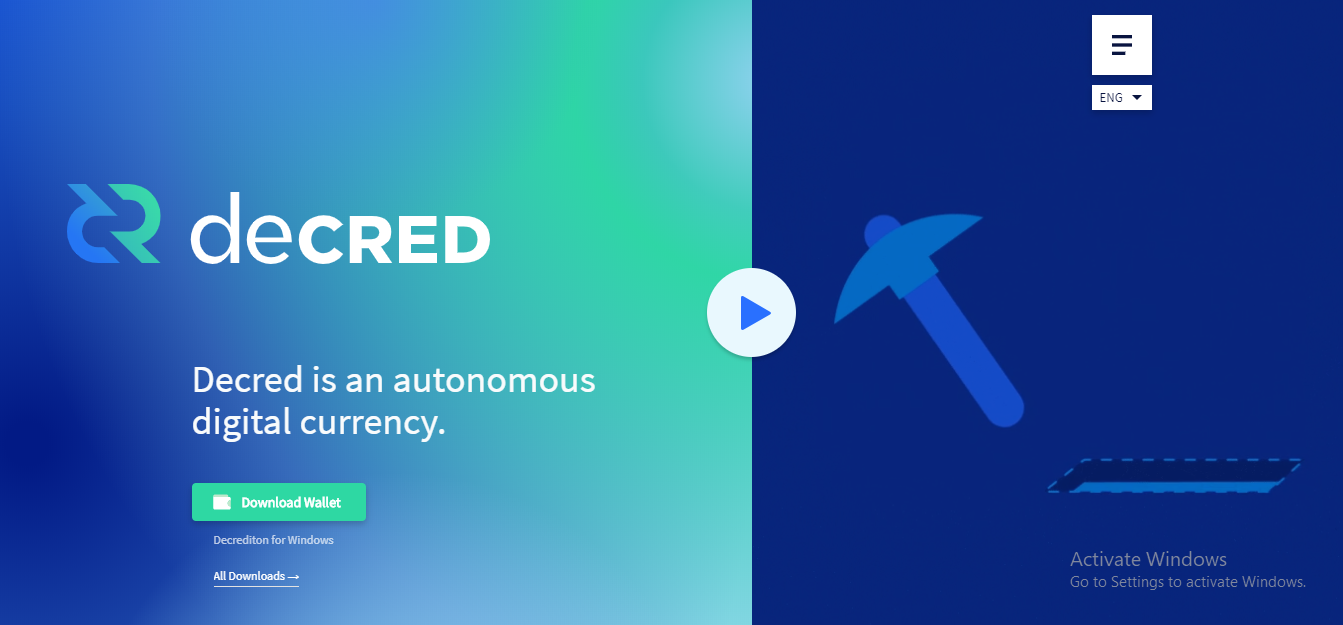

Every day we witness the launch of new blockchain and crypto projects. Subsequently, the first thing they need to do is to spread the word across the crypto community. One way to promote a blockchain or crypto startup is to distribute free tokens to the users – airdrops.
How can airdrops help?
When done properly, airdrops can launch a successful marketing campaign, even without a big budget. However, the problem is that not all airdrops are done correctly. On the other hand, airdrops are often an excellent target for scammers. Airdrops can flop for different reasons but that doesn’t mean that they’re false. In addition, the crypto ecosystem is a target-rich environment for scammers.
So, how should you know which airdrop is worth, and which one is going through a “wild west” phase? Now, let’s take a look at how good airdrops looks like.
Our CEO on the good, the bad and the ugly of airdrops
How can you notice legit airdrops?
Good airdrops should have a legitimate website, a high-quality white paper, and above all, a good reason to exist. Also, legit airdrops would never ask for your private key. Instead of asking for your private key, they should ask for your public wallet address because without it they can’t send you the airdrop. So, don’t forget to do your homework and spend some time studying the company’s website and whitepaper.
What a successful airdrop distribution looks like?
An example of a successful airdrop distribution is Decred. They started the airdrop on December 15th, 2015 and the campaign ended on January 18th, 2016. By the end, 3,244 applicants successfully completed the airdrop confirmation process, and each successful participant received approximately 258,000 DCR. Ultimately, the highest airdrop value was $32,500.

How to avoid airdrop scams?
People can create airdrop scams for many reasons. For instance, it can be to steal someone’s identity, to send phishing emails or to try to get users private keys. So, the question is, how to recognize them?
Here are some common signs of airdrop scams:
- Links on the website aren’t working.
- The whitepaper is missing or it’s incomplete.
- Team members have fake social media accounts or the team info is missing.
- Established blockchain/crypto companies don’t need airdrops to promote themselves. If you see one, it’s probably a scam.
- They are asking for a donation.
- The airdrop is not linked from official channels.
- The company has brand new social media accounts.
- You have to pay to sign up or to withdraw your reward.
- Scam accusations on bitcointalk.com or ICOEthics.
How does an airdrop scam looks like?
An example of an airdrop scam is Litecoin hard fork known as LitecoinCash. Charlie Lee, the creator of Litecoin, exposed the hard fork. He pointed out that scammers tried to confuse users into thinking they are Litecoin. In order to receive any Litecoin Cash (LCC), community members would need to submit their private keys into a completely new wallet.
Wrap up

The golden rule of avoiding an airdrop scam is to do your research on the company and keep your private keys safe. After all, keep in mind that people often describe crypto space as the “Wild West” of the technology space.
Find Alerts for legitimate & good airdrops on the bigger Twitter promoters.
***
If you enjoyed this story, please click the clap button and share to help others find it! Feel free to leave a comment below.
The end of airdrop winter is here ← P R E V I O U S
N E X T → 5.5 Airdrop platforms you should utilize




